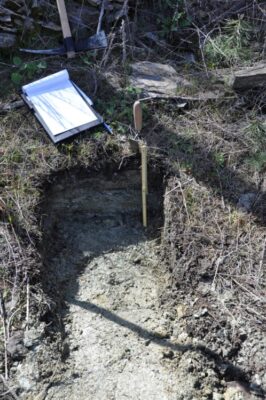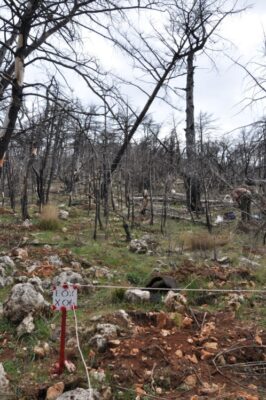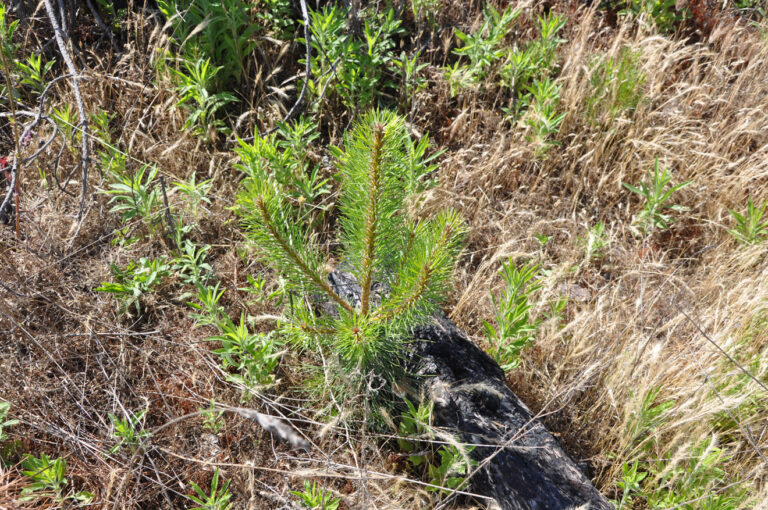Restoration of the forests on Mount Parnonas and conservation guidelines for Mount Taygetos in Lakonia
Project Summary
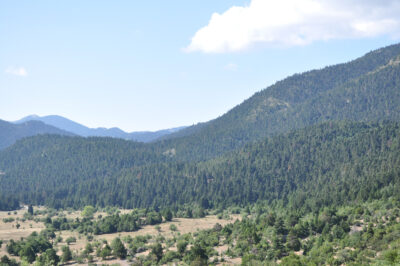
The project «Restoration of the forests on Mount Parnonas and conservation guidelines for Mount Taygetos in Lakonia» was implemented by The Region of Peloponnisos, the Goulandris Natural History Museum, Greek Biotope-Wetland Centre (EKBY), the Forest Service of Sparti, the General Directorate for the Development and Protection of Forests and Natural Environment of the Ministry for the Environment, Energy and Climate Change (YPEKA), and the Local Union of Municipalities and Communities of the Prefecture of Lakonia (TEDK). It was co-financed by 50% by the EEA Financial Mechanism (period 2004 – 2009) and by 50% by the Public Investments Program (national funds).
The project aimed to promote the sustainable management of the mountain area of Lakonia by restoring the forests of Mount Parnonas, affected by the great fires of 2007, and by preparing a full ecological assessment of Mount Taygetos.
The project specific objectives were:
- The re-establishment of natural vegetation in burnt areas of Mount Parnonas;
- The ecological assessment of Mount Taygetos and the formulation of guidelines to conserve biodiversity.
Project duration: 2009-2012.
Project activities

1. RE-ESTABLISHMENT OF FOREST VEGETATION ON MOUNT PARNONAS
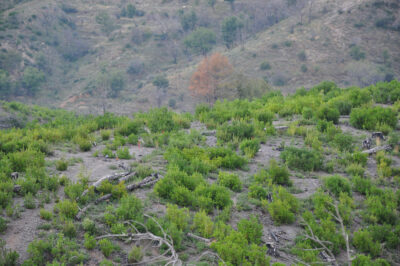
Restoring forest vegetation is a particularly sensitive intervention to a forest ecosystem that has been disturbed by fire. The re-establishment of forest vegetation on Mount Parnonas was planned and implemented with great care. Preparatory activities included the collection of seeds from the area, the production of planting material, and the design and the application of technical studies. In total, 250 hectares have been restored in areas with no natural regeneration.
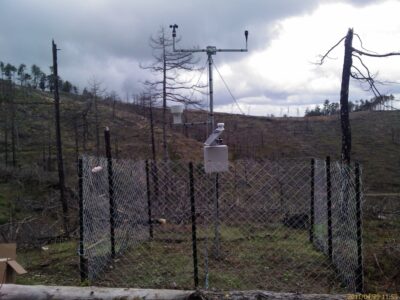
2. MONITORING PROGRAM
A substantial part of the restoration project is to monitor its progress; according to the monitoring program, 24 sampling plots were established which represented the various features of the restored areas. Moreover, an automated weather station was installed at the “Sanidaki” locality. Data from the monitoring network were collected in order to assess the progress of re-establishment of forest vegetation.
3. ECOLOGICAL ASSESSMENT OF MOUNT TAYGETOS AND GUIDELINES FOR BIODIVERSITY CONSERVATION
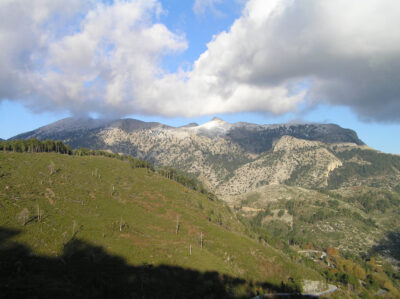
The ecological assessment of Mount Taygetos that has been conducted gives an overall picture of the ecological features of the mountain. The assessment has been based on field data, literature research and information from local people. Biodiversity conservation guidelines have been drawn up based on this analysis. Close coordination and consultation with competent authorities involved in management of resources, land users, landowners and other locals have proven valuable in this work.
4. PUBLICITY AND PROJECT MANAGEMENT
The information and publicity activities were designed to meet the needs of specific target groups; local people and visitors, farmers, civil servants, experts on the management of natural environment, environmental education officers, and interested citizens. Publicity activities included consultation events, promotion in local and national media, publications, including the study of the ecological assessment of Mount Taygetos and of a short booklet on its main features.

